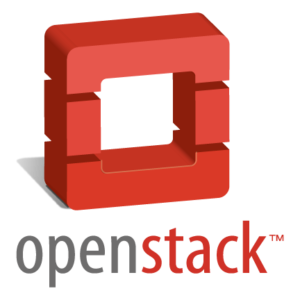OpenStack is one of the most exciting open source projects in existence today and its original founders, NASA and Rackspace, should be commended for their commitment to open source and innovation. From its humble beginnings to today’s massive hype and financial backing, OpenStack has both promise and challenges in its future. Rather than write yet another OpenStack blog, let’s explore OpenStack through three easy questions, each leading to a different identity crisis.
Question 1: What is OpenStack?
Really, who doesn’t know about OpenStack? It’s an open source cloud operating system that controls pools of compute, storage, and network from a dashboard. Oh come on, it was founded by NASA and Rackspace and has the backing of Dell, Cisco, IBM, Red Hat, and even VMware. How about the launching of a new independent foundation with a $10 million dollar bank account? They are going to promote OpenStack via development, distribution, and marketing.
Identity Crisis 1: Boris Renski, OpenStack Board Member and Co-Founder of Mirantis said it best, “If OpenStack isn’t an alternative to VMware, then what the hell is it?”
For many, OpenStack is seen as the anti-establishment of proprietary software companies. After living through the Microsoft Era, developers, corporations, and users saw VMware’s meteoric rise to power and wanted an alternative to their industry domination. Now that VMware is part of OpenStack and ‘controls’ a vital part of OpenStack’s future, Quantum (OpenStack Networking), how does this affect OpenStack as a whole?
Question 2: Why do I need OpenStack?
Um, don’t you want to build a cloud? Not to mention the fact that OpenStack has 850 organizations and 5600 members, all working toward the goal of an open source cloud. OpenStack provides you the ability to build a private or public cloud that is massively scalable and infinitely agile.
Identity Crisis 2: Commercialization
While it may be clear to the technical elite what OpenStack is and does, the fact is many within Enterprise IT are confused regarding its value. After all, they have spent millions of dollars on VMware’s products, solutions, consulting, training, and certifications. Furthermore, with VMware now actively involved in OpenStack, these companies may defer an OpenStack decision until VMware articulates their roadmap. Or, perhaps these same companies look to an alternative virtualization technology, such as Red Hat, in which case Red Hat has their own OpenStack plans. Also, don’t forget about PistonCloud or Nebula, who are instrumental in this ecosystem.
Will the OpenStack Foundation be able to ground OpenStack in terms of clear business value or will they be at odds with the litany of potential commercializers of the technology?
Question 3: Who is OpenStack?
We’ve already been through this; OpenStack is open source cloud software that has over 5600 members and 850 organizations. Think Rackspace, NASA, Dell, Red Hat, IBM, Yahoo!, Cisco, and more. It’s comprised of thought leaders, developers, users, and more all coming together in the name of cloud computing.
Identity Crisis 3: Maturity
The reality is the OpenStack project was launched in 2010 and the OpenStack Foundation is brand new in 2012. As a young project, OpenStack needs time to sort out its governance, development projects, and marketplace. While the software projects are amazing and innovative, the complexity and skill-sets required to deploy and operate OpenStack are not to be underestimated. Furthermore, OpenStack is NOT Linux and does not yet have mature distributions with the certification of leading software application vendors.
How fast will OpenStack mature in the face of competitive pressures of the companies providing development, deployment, support, and more?
One final thought, while OpenStack is garnering all the attention and media hype, there are alternatives in the market. Other open source competitors with a path to commercialization include CloudStack, Eucalyptus, and OpenNebula.
In the end, OpenStack is important to me, to open source, to cloud computing, and to anyone with a sense of innovation. Let’s cut-through the expectations and media hype and take advantage of your opportunity to contribute and become part of the broader community. Finally, don’t take anyone’s word about open source cloud; download the solutions and see for yourself!








